A Journey Through Time and the Rise of Herbal Face Wash
| Estimated Reading Time: 6 minutes |
It’s funny how something as ordinary as washing your face has such a long and layered story. What we now do in a few seconds with a neatly packaged cleanser once involved rivers, herbs, milk, and rituals. The world has changed — but the impulse to feel clean and fresh at the end of the day hasn’t. That impulse, in some way, gave birth to what we call the Herbal Face Wash.
Table of Content: |
Cleansing Before Chemistry
Long before brands and beauty counters, cleansing was mostly intuition. People looked around, used what they had, and trusted what made them feel refreshed. In India, the daily routine wasn’t just hygiene — it was ritual. Ground pulses, sandalwood, turmeric, and a bit of rosewater were blended together and applied gently on the skin. These ingredients weren’t random. Turmeric was known to calm inflammation, while sandalwood cooled the skin after long days in the sun. That, in a way, was the earliest Herbal Face Wash, though no one called it that.

Meanwhile, in ancient Egypt, beauty and cleanliness were part of identity. Archaeologists have found jars containing residues of milk, honey, and even natron — a natural mix of sodium carbonate that foamed lightly when wet. Cleopatra’s so-called “milk baths” weren’t vanity; lactic acid in milk genuinely helped to renew skin cells. The Egyptians understood cleansing as both physical and spiritual — washing away dust, oils, and bad energies together.
Over in Rome, they took another route. Roman baths were communal and methodical: olive oil was rubbed into the skin to lift grime, then scraped off using a curved tool called a strigil. No soap, no suds — yet it worked. That oil-cleansing approach, rediscovered centuries later, remains surprisingly close to the concept behind a Herbal Face Wash — using natural lipids to cleanse rather than strip the skin dry.
China’s history tells another tale. There, people used rice water and powdered herbs like lotus, ginseng, and green tea. The white cloudy water left after rinsing rice was believed to brighten the complexion. Modern science later confirmed it — rice water does contain starches and antioxidants that help smooth the skin’s surface.
From Rivers to Laboratories
For most of human history, people cleansed their skin using what nature offered. But as societies grew and trade routes expanded, so did curiosity. Soap-making became an art form in the Middle East, particularly in places like Aleppo and later Venice. Those early soaps, however, were often harsh for facial skin. They were designed for the body — to clean grime, not to balance delicate facial oils.

That’s where the idea of dedicated “face cleansing” began to branch off. People realized that the skin on the face was thinner, more exposed, and required something gentler. Out of that need came milder cleansers, often oil- or cream-based. These early inventions set the stage for what, by the 19th century, became known as “cold creams.”
Then came industrial chemistry. By the early 20th century, scientists discovered surfactants — compounds that let oil and water interact. That discovery changed everything. Suddenly, it was possible to make foaming cleansers that removed dirt effectively without as much irritation. The modern face wash was born.
When “Herbal” Re-entered the Conversation
As the beauty industry exploded after World War II, a curious thing happened: people started missing simplicity. Soaps got fancier, face washes became synthetic, but somewhere along the way, natural wisdom faded out. In the late 20th century, as environmental awareness and holistic health took hold, the term Herbal Face Wash began appearing again.
Companies began reintroducing plants that people had trusted for centuries — neem, aloe vera, green tea, tulsi, turmeric, chamomile. But this time, there was science to back up their properties. Neem extract fights bacteria; aloe soothes and hydrates; green tea antioxidants protect against pollution and sun damage. It wasn’t nostalgia — it was rediscovery through a scientific lens.

Face vs. Skin: The Subtle Science
Many still wonder if there’s any real difference between washing your face and washing the rest of your body. The answer is a firm yes. Facial skin has a lower lipid barrier and more sebaceous glands, making it sensitive and prone to both dryness and oiliness. Soap-based products, which are alkaline, disturb the skin’s pH. The result? Tightness, breakouts, irritation.
That’s where herbal formulations come in handy. A well-formulated Herbal Face Wash maintains a mild pH (around 5.5), uses plant-based surfactants like saponins or decyl glucoside, and adds emollient herbs to prevent over-drying. Think of it as cleaning while nourishing — the same principle your ancestors used, just with lab-tested consistency.
The 20th Century and the Rise of Commercial Cleansers
By the mid-1900s, commercial cleansers had turned into a global industry. Advertising began shaping beauty ideals. “Soap and water” gave way to “face wash and freshness.” Synthetic detergents made foam — something humans psychologically associate with cleanliness — a selling point.
But as formulas became more synthetic, consumers began craving authenticity again. Enter the resurgence of plant-based skincare. Brands realized people didn’t just want clean skin; they wanted clean products. And so the Herbal Face Wash became the modern bridge between the old and the new — combining ancient botanical knowledge with dermatological safety.

Today, you can find herbal cleansers designed for every concern:
-
Oily skin? Neem, tea tree, and basil work as gentle antibacterials.
-
Dry skin? Aloe, glycerin, and rose extract add hydration.
-
Dullness? Papaya enzymes and turmeric help even out tone.
The balance between cleansing and care has become the main differentiator. And in a sense, it’s poetic — we’ve gone from scooping mud by a riverbank to squeezing nature’s essence from a bottle.
Cleansing in the Age of Awareness
What’s interesting today is how face cleansing has become mindful again. It’s not just a task before bed — it’s a moment to slow down. Many people now see their evening routine as self-care, almost meditative. A Herbal Face Wash, with its scent of plants and oils, enhances that ritual. There’s texture, aroma, and familiarity in knowing that something from the earth is helping your skin reset.
The trend isn’t just aesthetic. Dermatology studies now emphasize how cleansing impacts the skin barrier and microbiome. Plant-based surfactants are being reformulated to mimic the skin’s natural processes. Even the packaging — recyclable, minimal — reflects a shift toward holistic well-being rather than superficial beauty.
Full Circle
If you think about it, we’ve completed a circle. The first cleansers were herbal, made in kitchens. The middle chapters replaced those with laboratory precision. Now, the two have merged. The Herbal Face Wash of 2025 is as much about chemistry as it is about connection — between tradition and science, between routine and ritual.
So when you wash your face tomorrow morning, pause for a second. The fragrance, the foam, the feeling — they all carry whispers from centuries ago: the sandalwood in an Indian courtyard, the olive oil in a Roman bath, the rice water from a Chinese kitchen. You’re not just cleaning your skin; you’re participating in one of the oldest human rituals — refined, bottled, and passed through time.
Recommended Products by Blue Nectar:
2% Kojic Acid Face Wash for Pigmentation with Rice Water (11 Herbs)
Gold Swaran Bhasam Face Wash for Glowing Skin | Face Wash for Women & Men (10 Herbs)
Turmeric Ubtan Powder Face Pack for Glowing Skin (9 herbs, 100 g + 15 g Free)
Shubhr Neem Pimple Face Wash for Acne Control & Oil Balancing (11 Herbs)
Kumkumadi Face Wash for Gentle Cleansing (10 Herbs)
Honey Detan Face Wash for Glowing Skin (8 herbs)
Related Articles:
Ingredients to avoid in your face wash
References:
https://researcher.manipal.edu/en/publications/history-of-cosmetic-in-egypt-india-and-china/
https://www.mdpi.com/2079-9284/10/3/71/xml
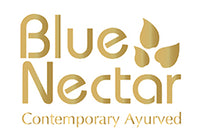

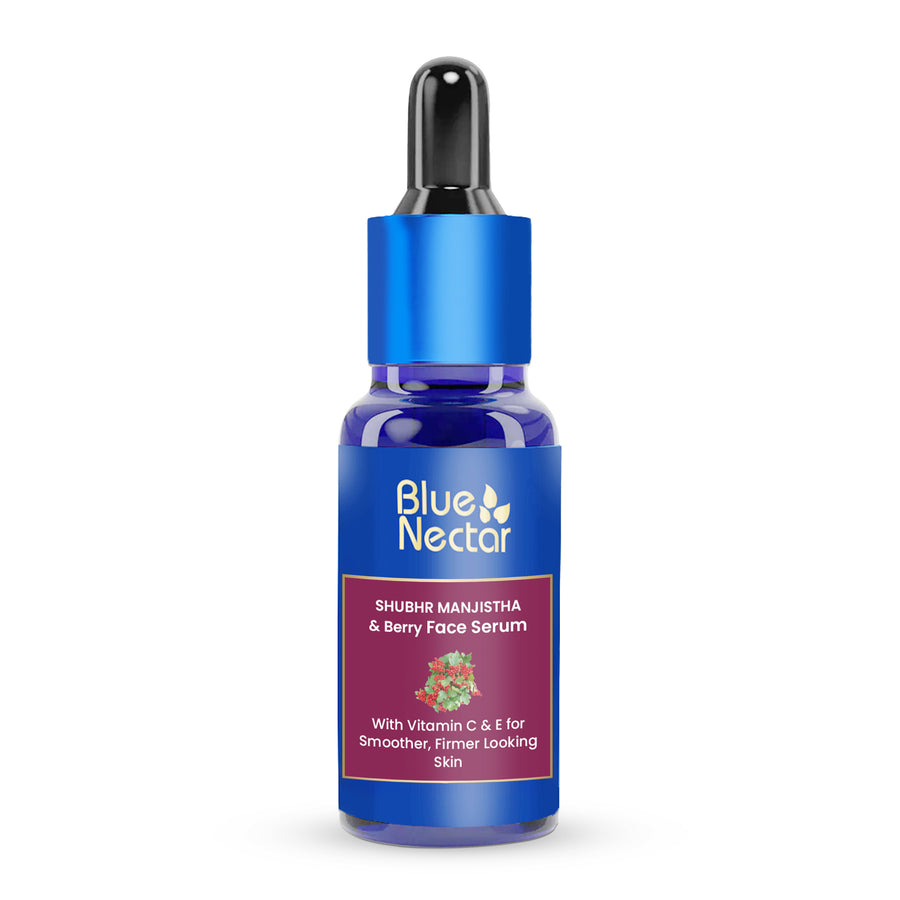
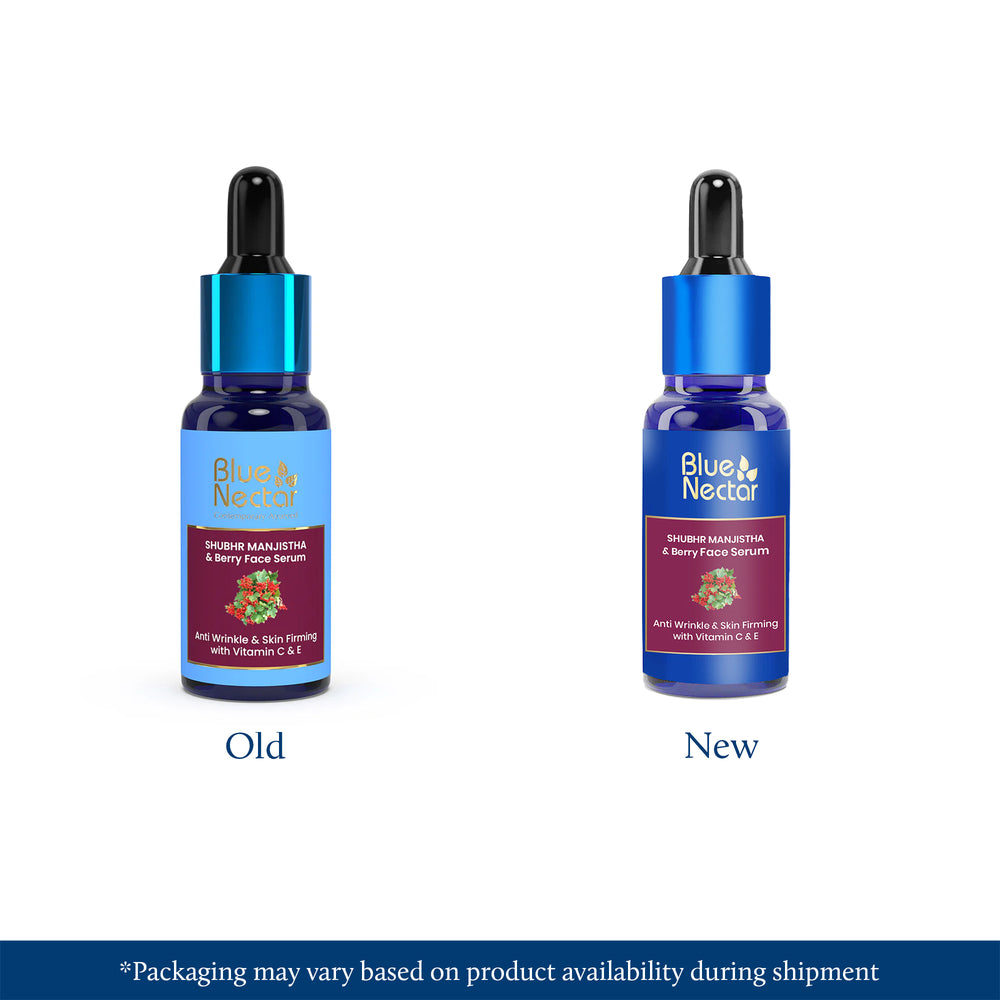
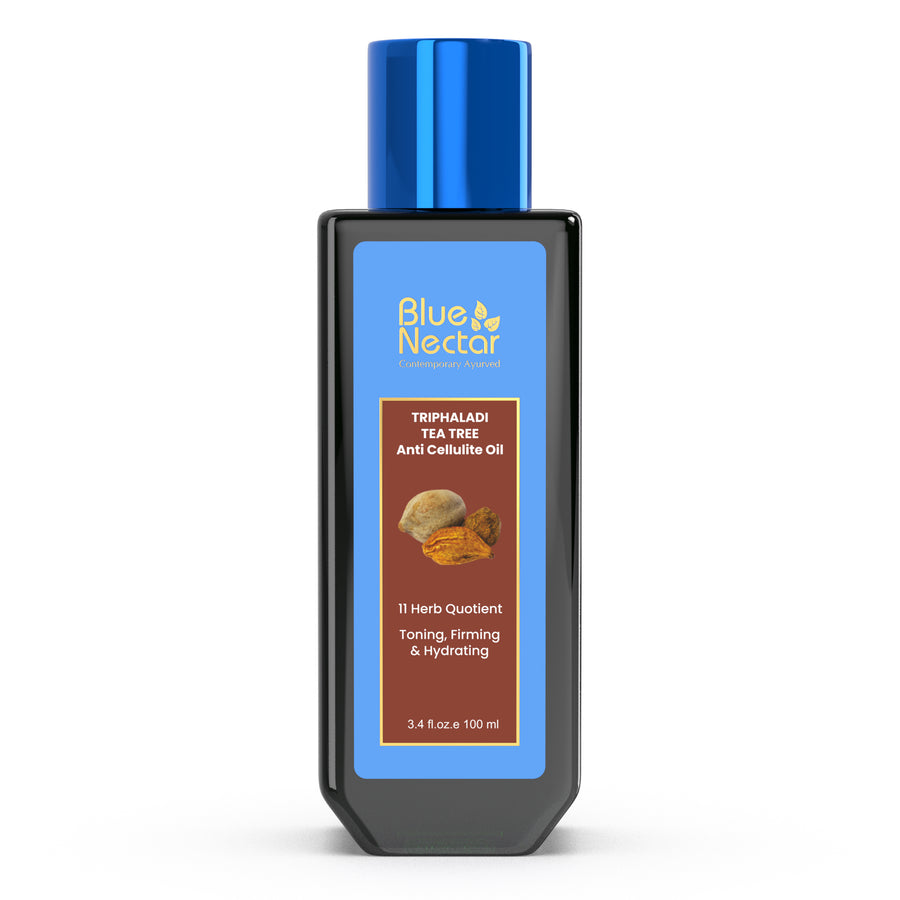
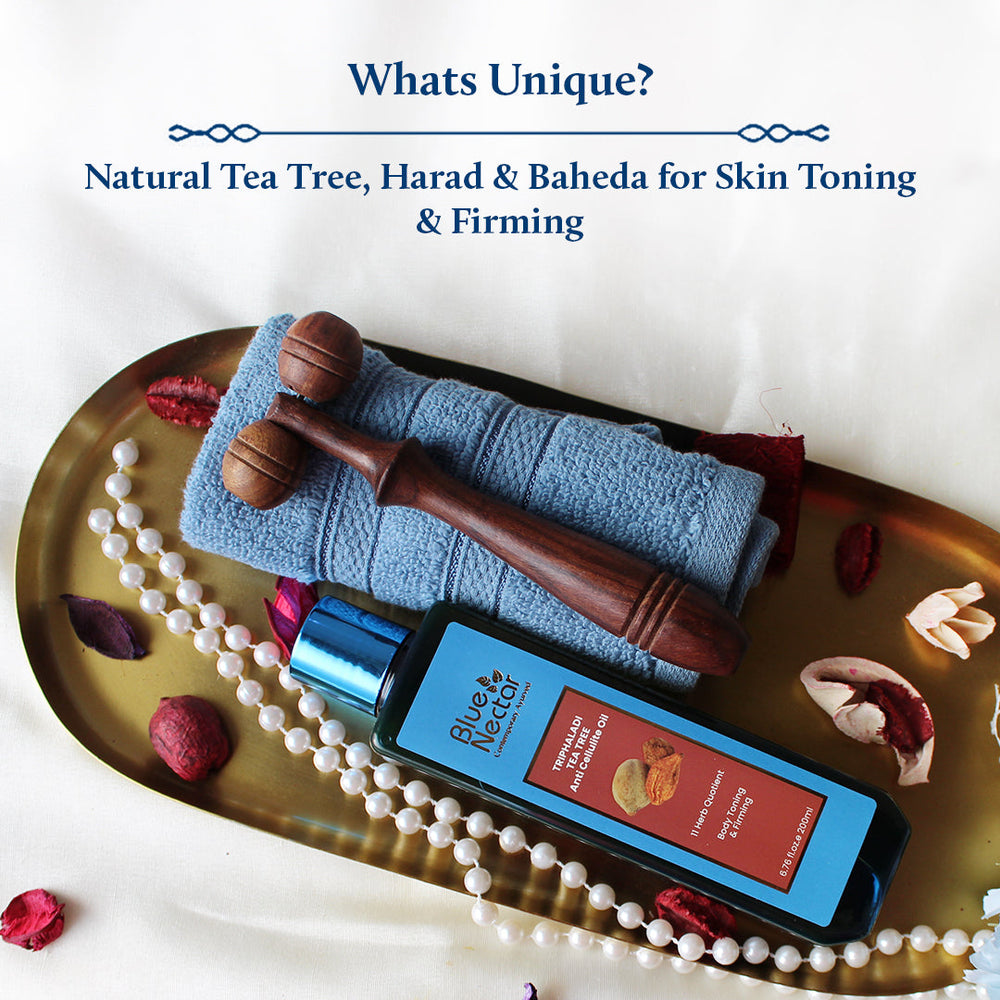
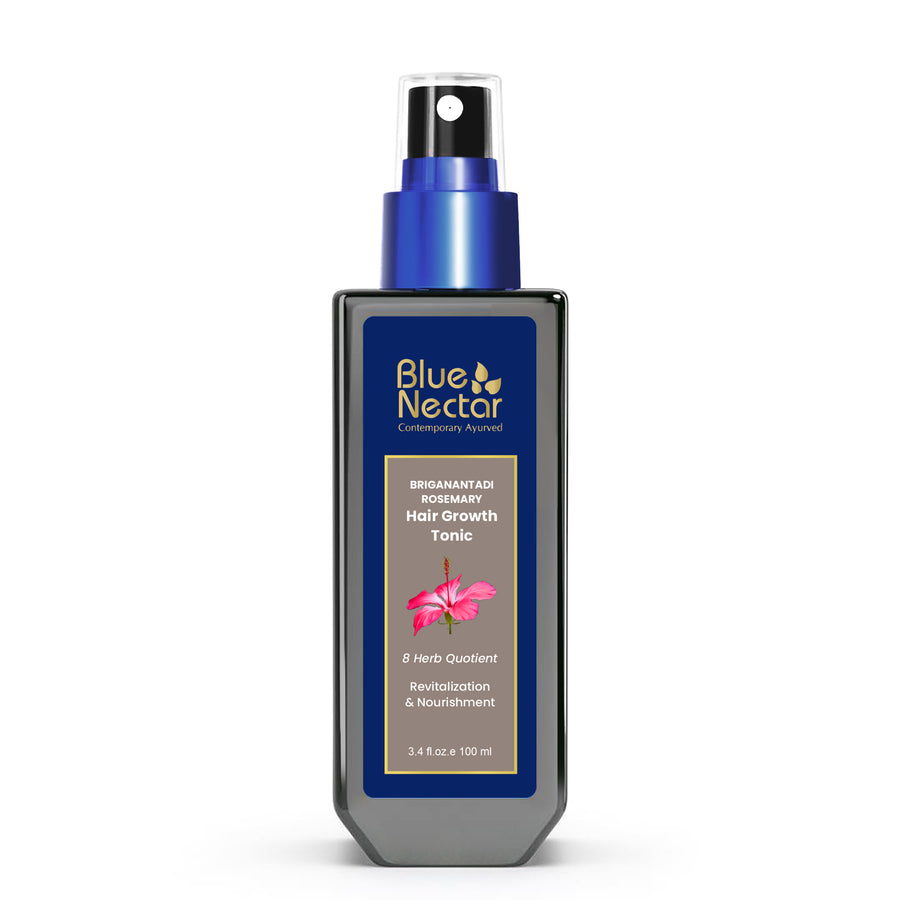
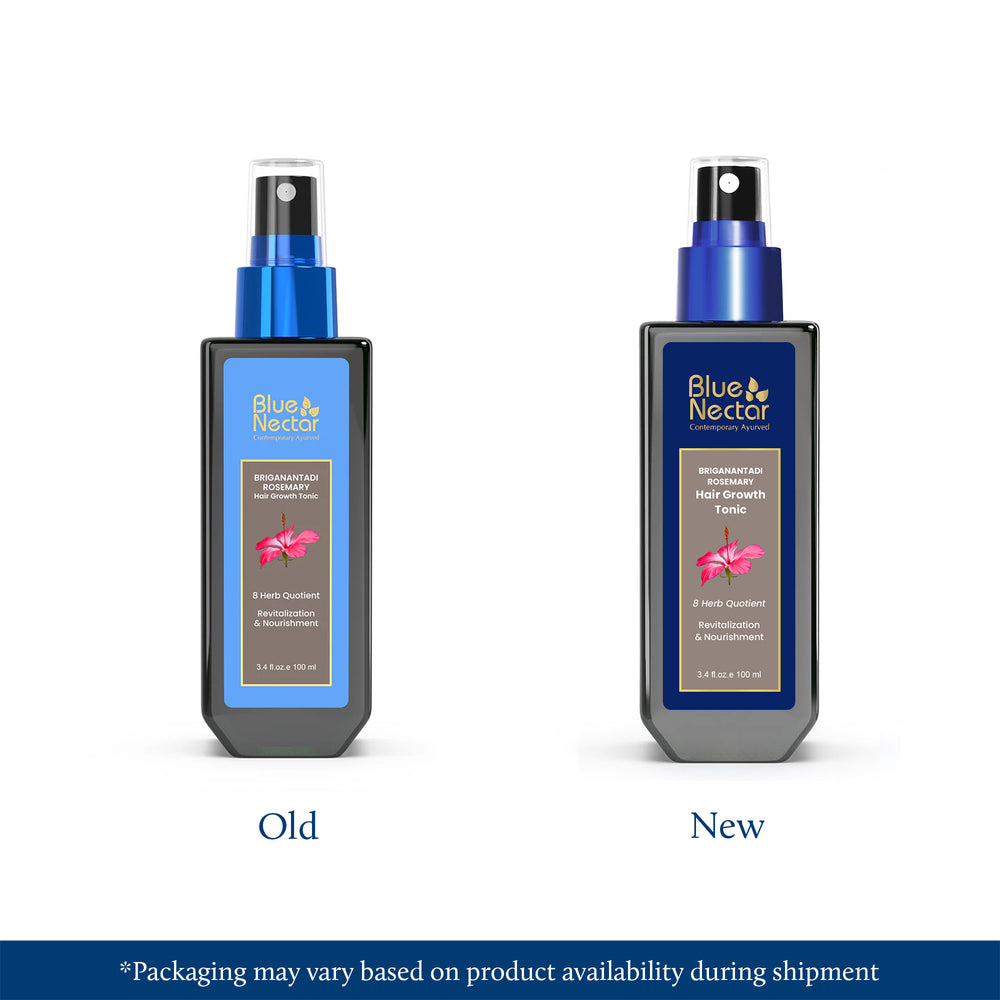
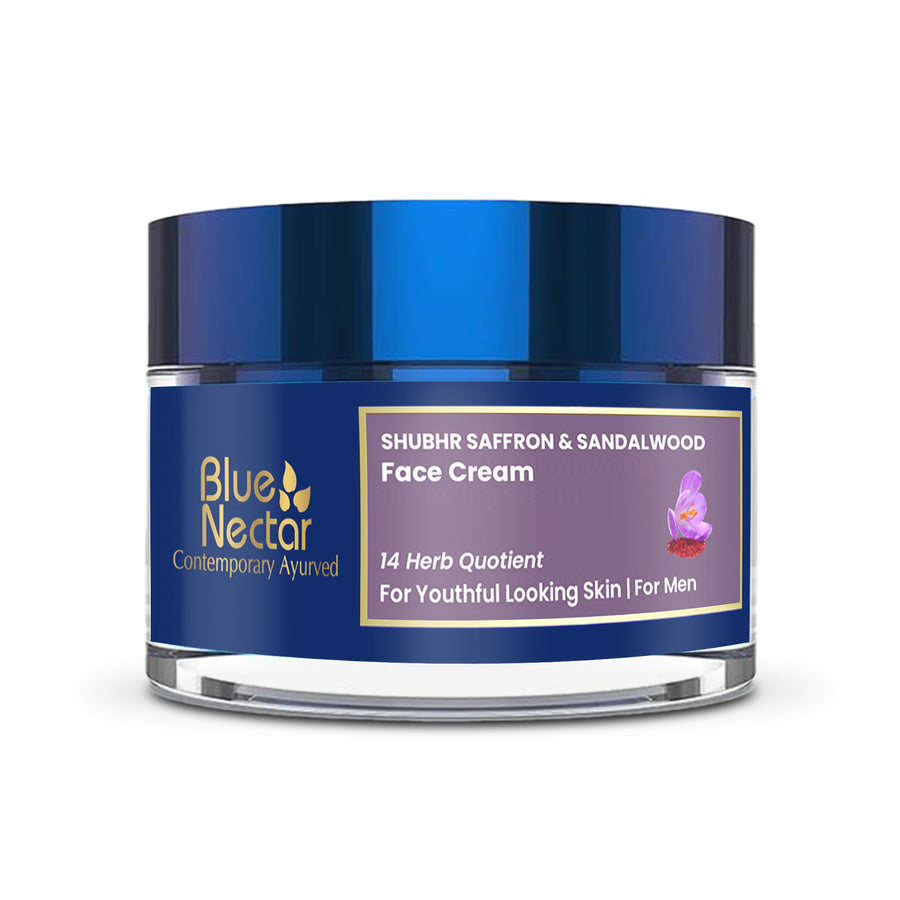
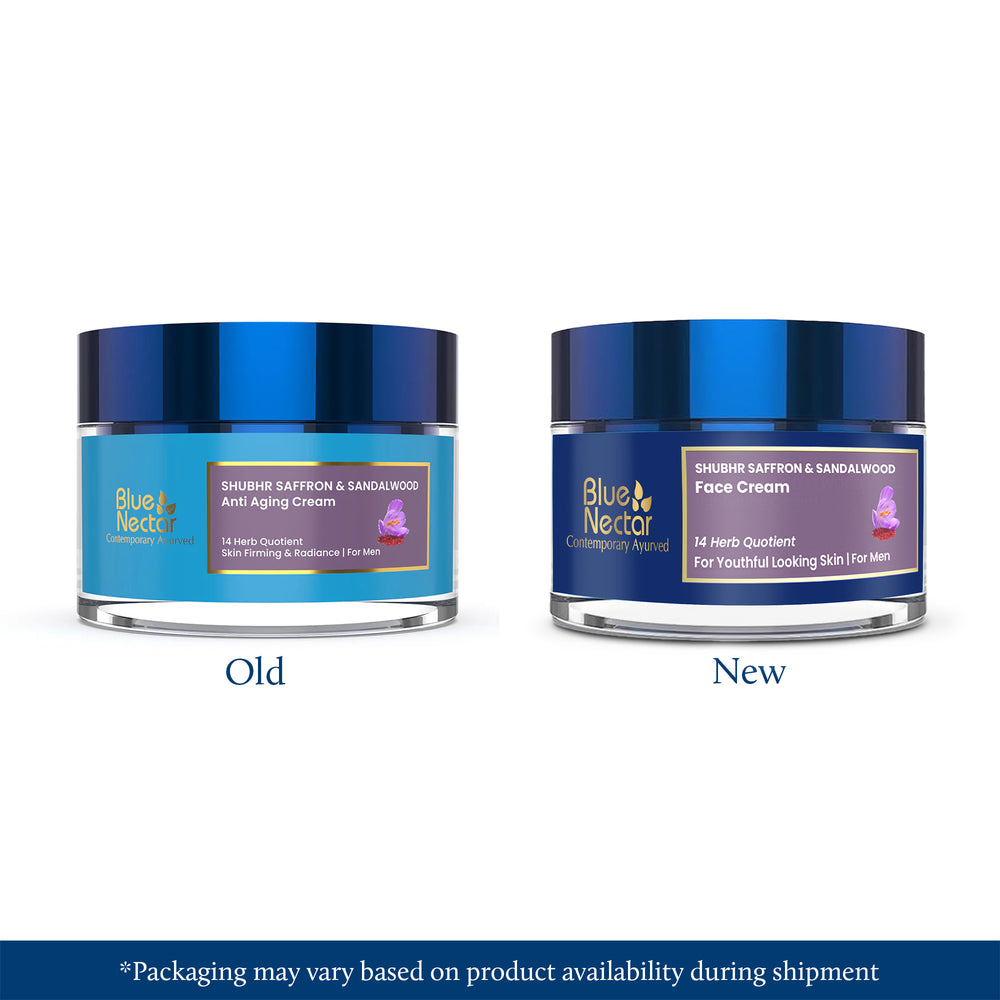
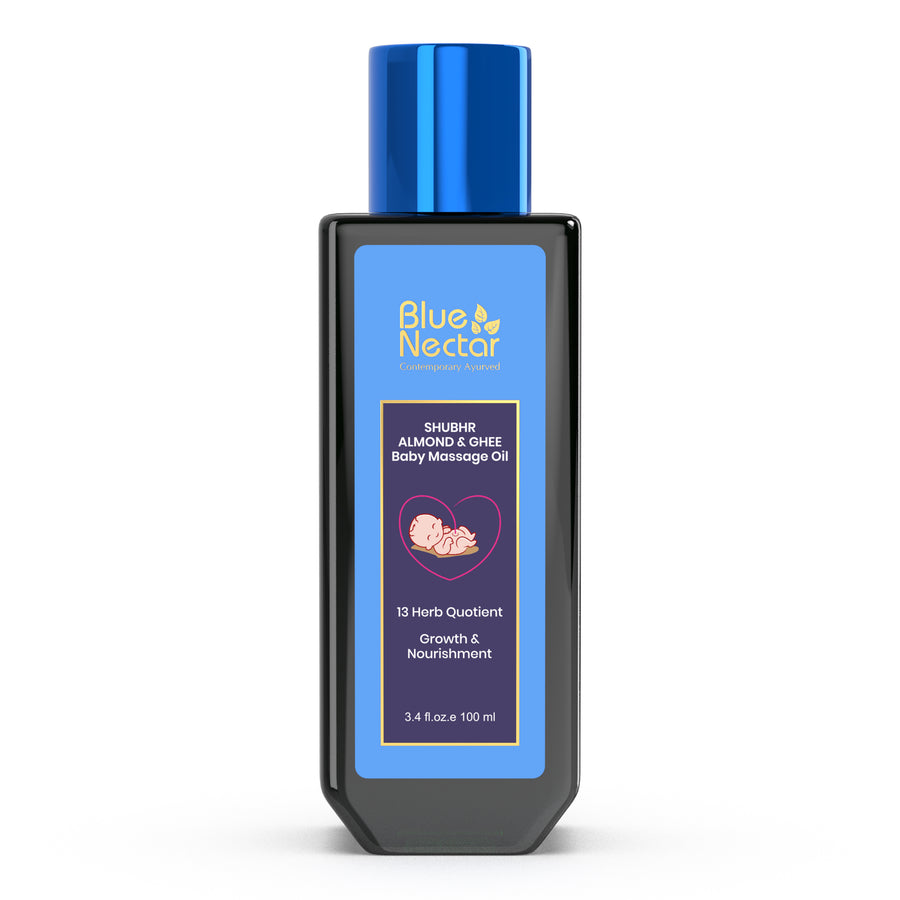
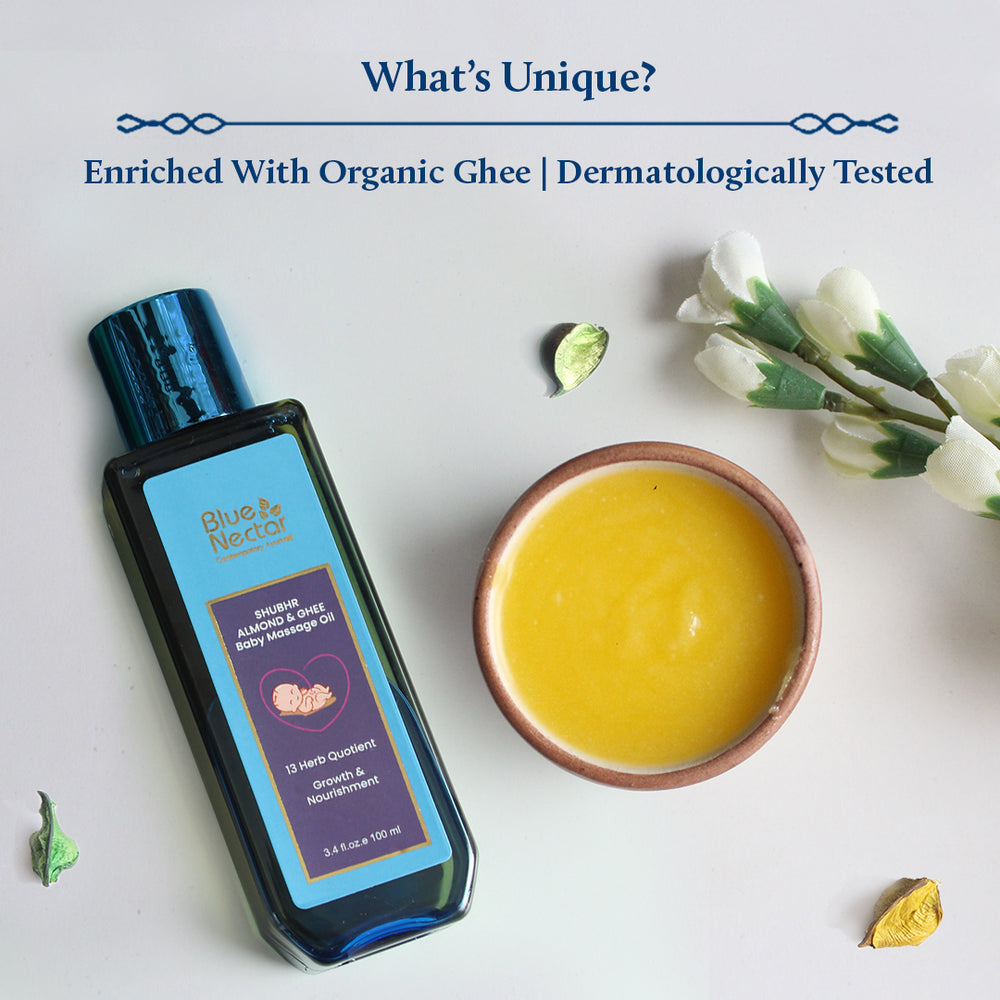
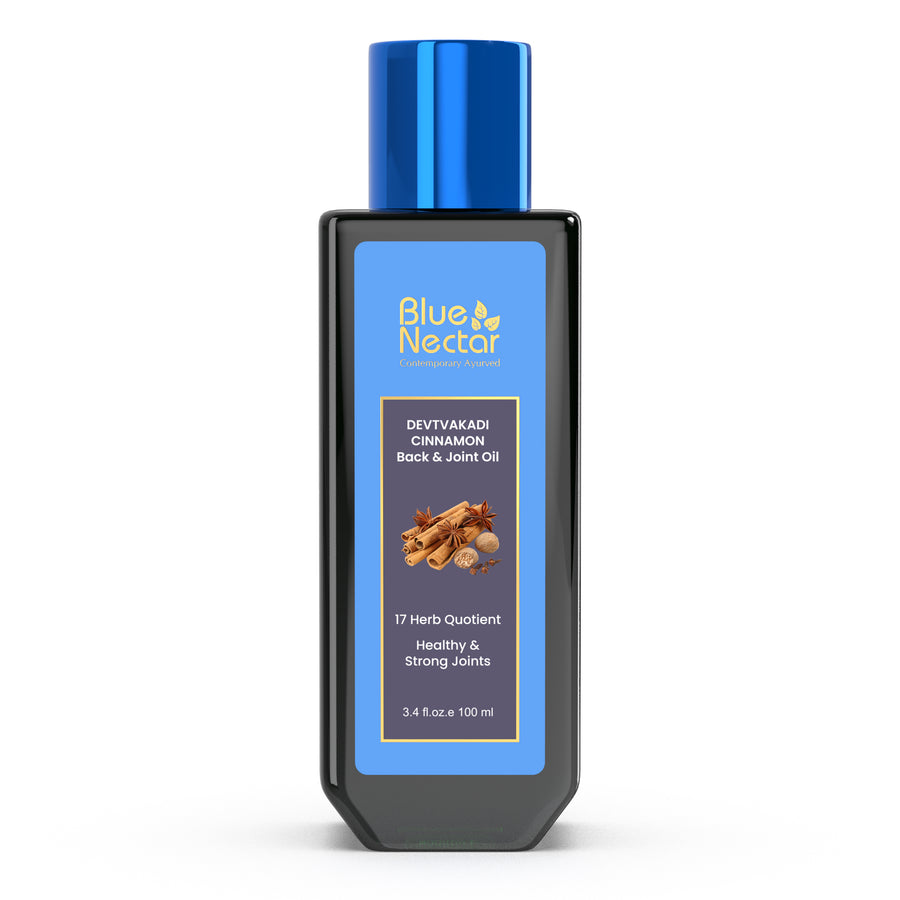
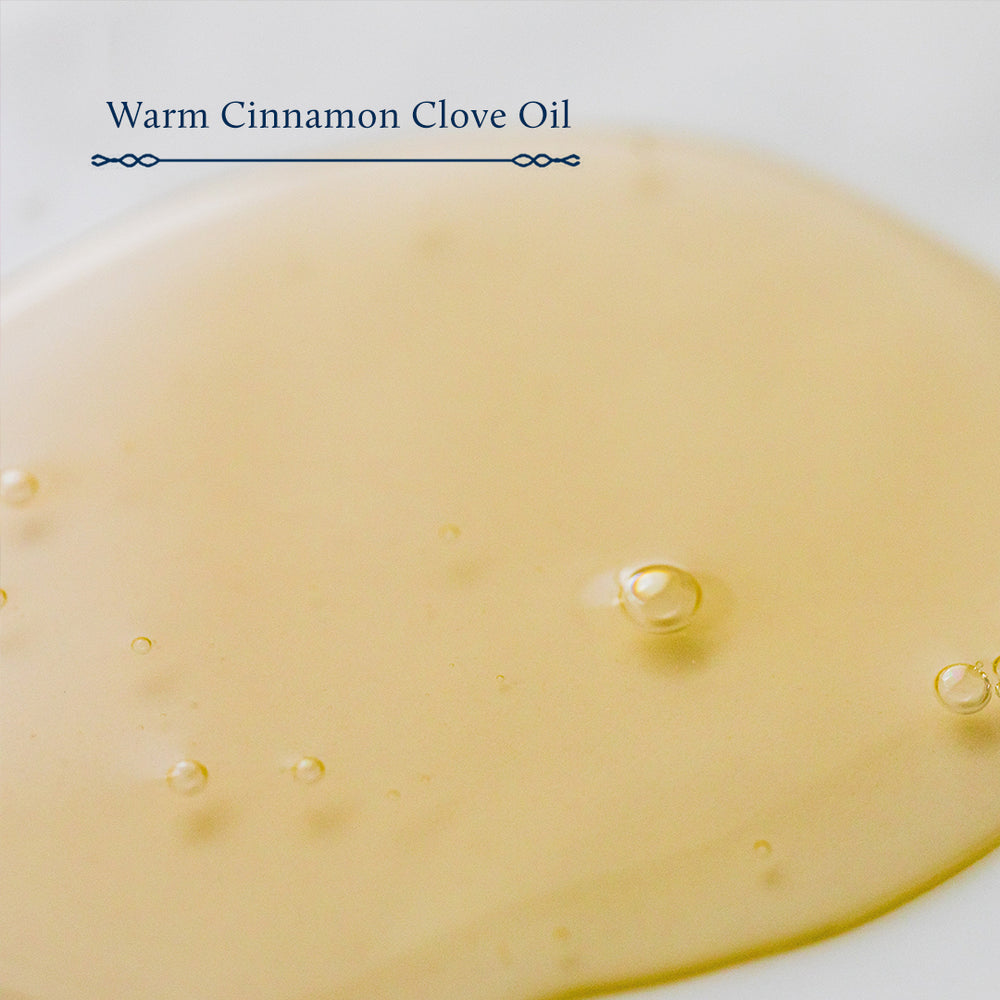


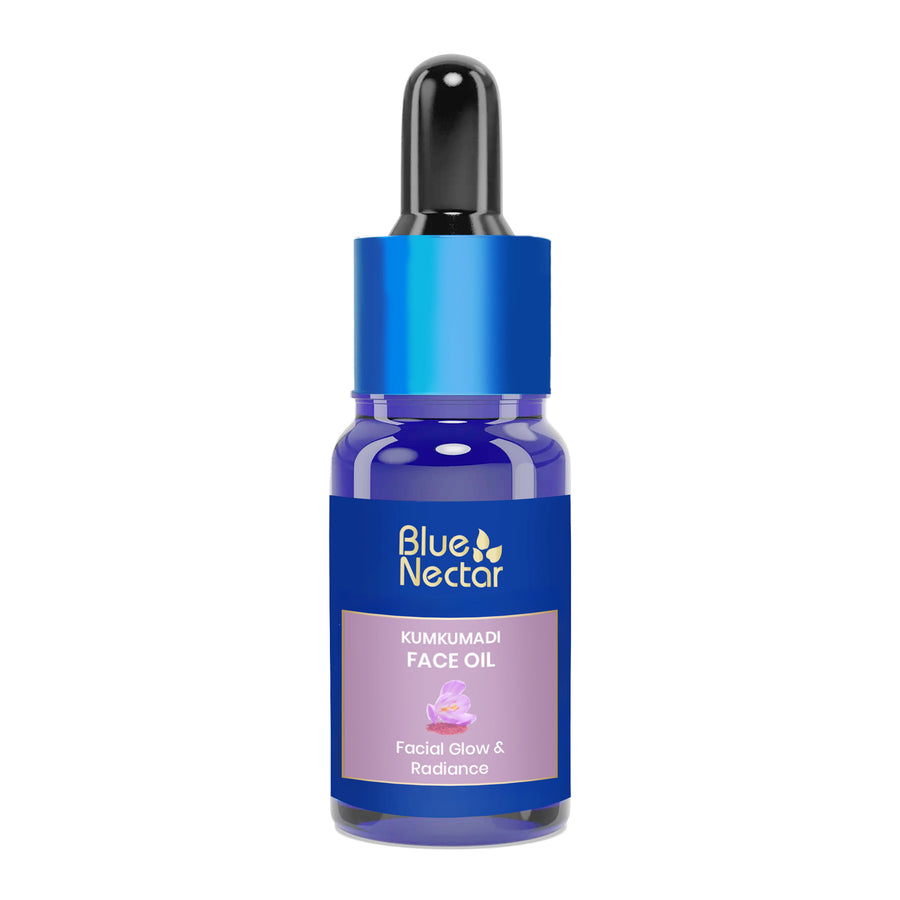
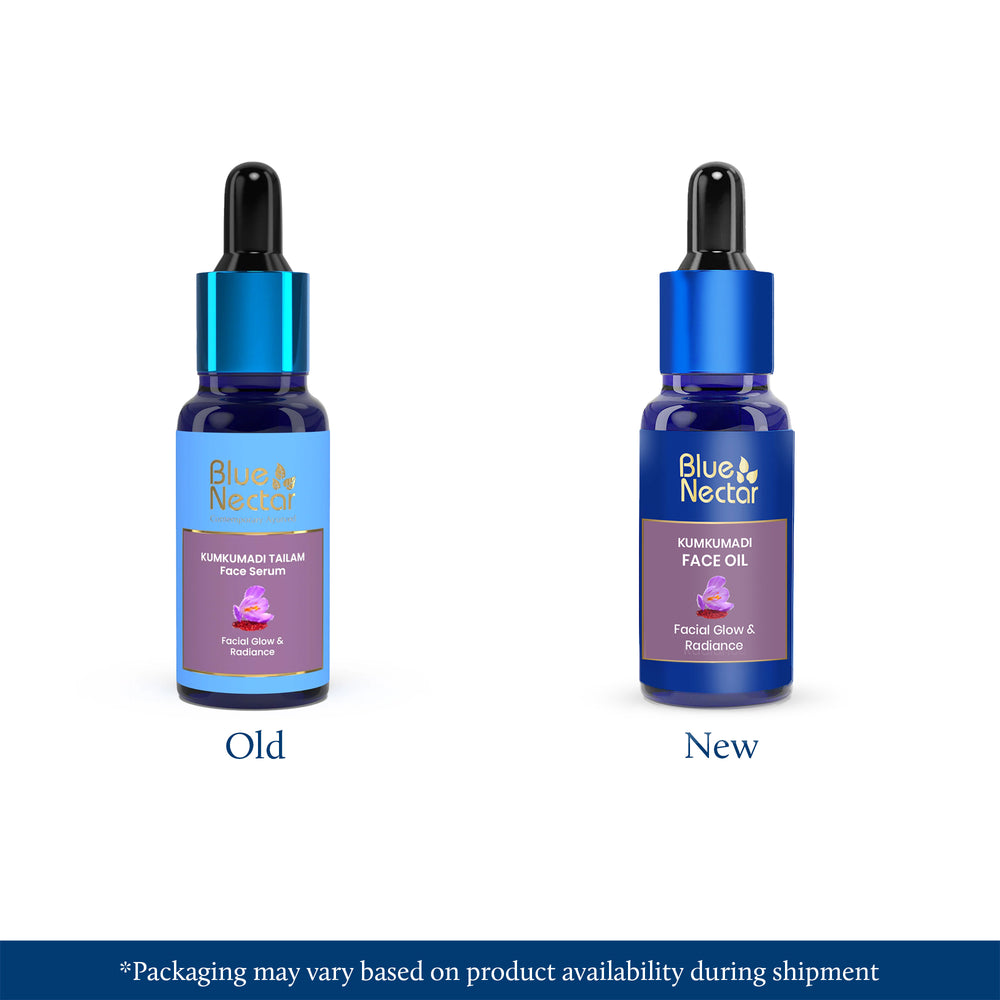
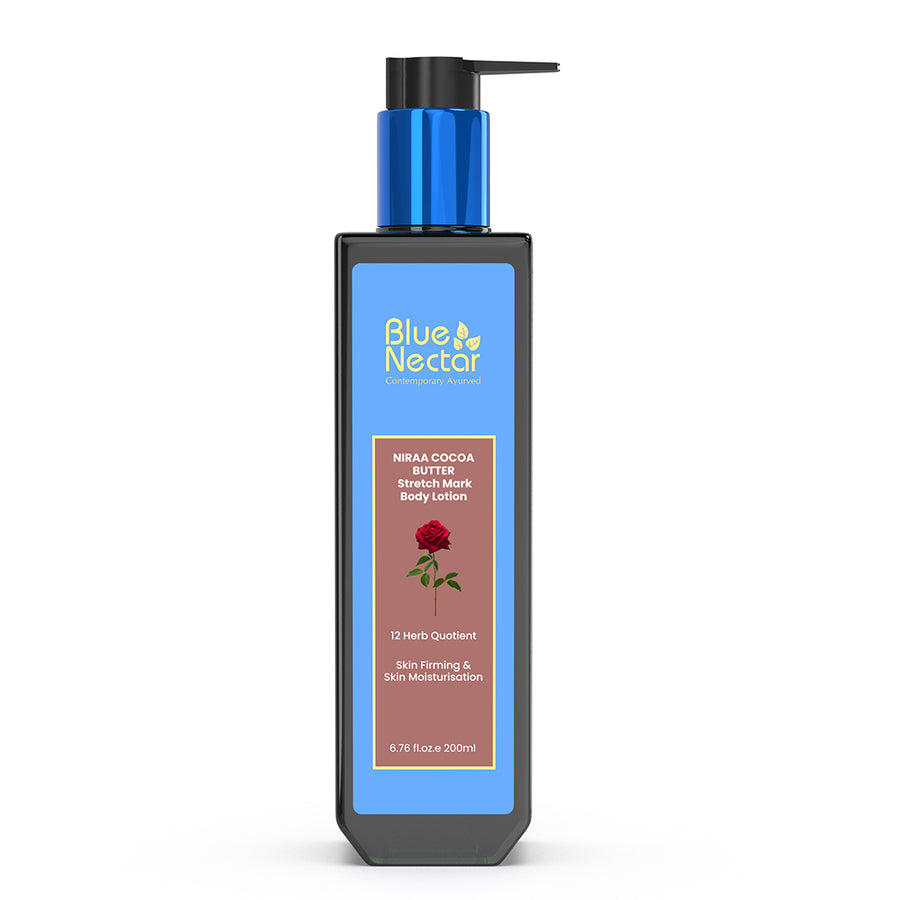

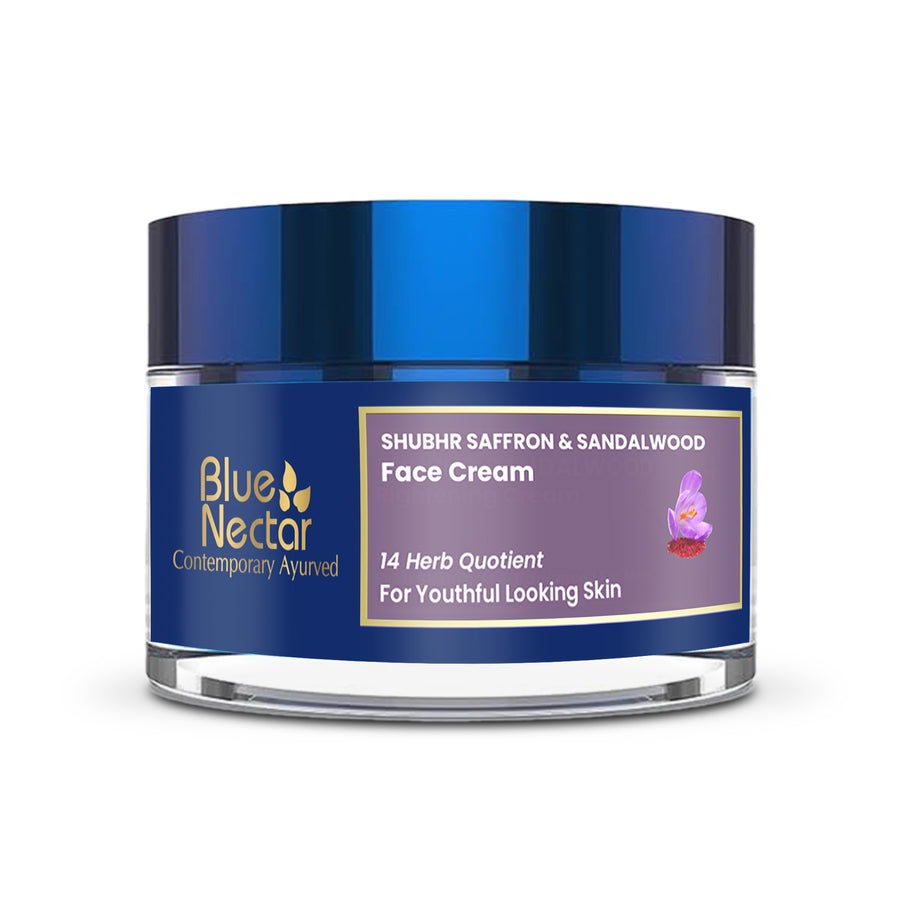
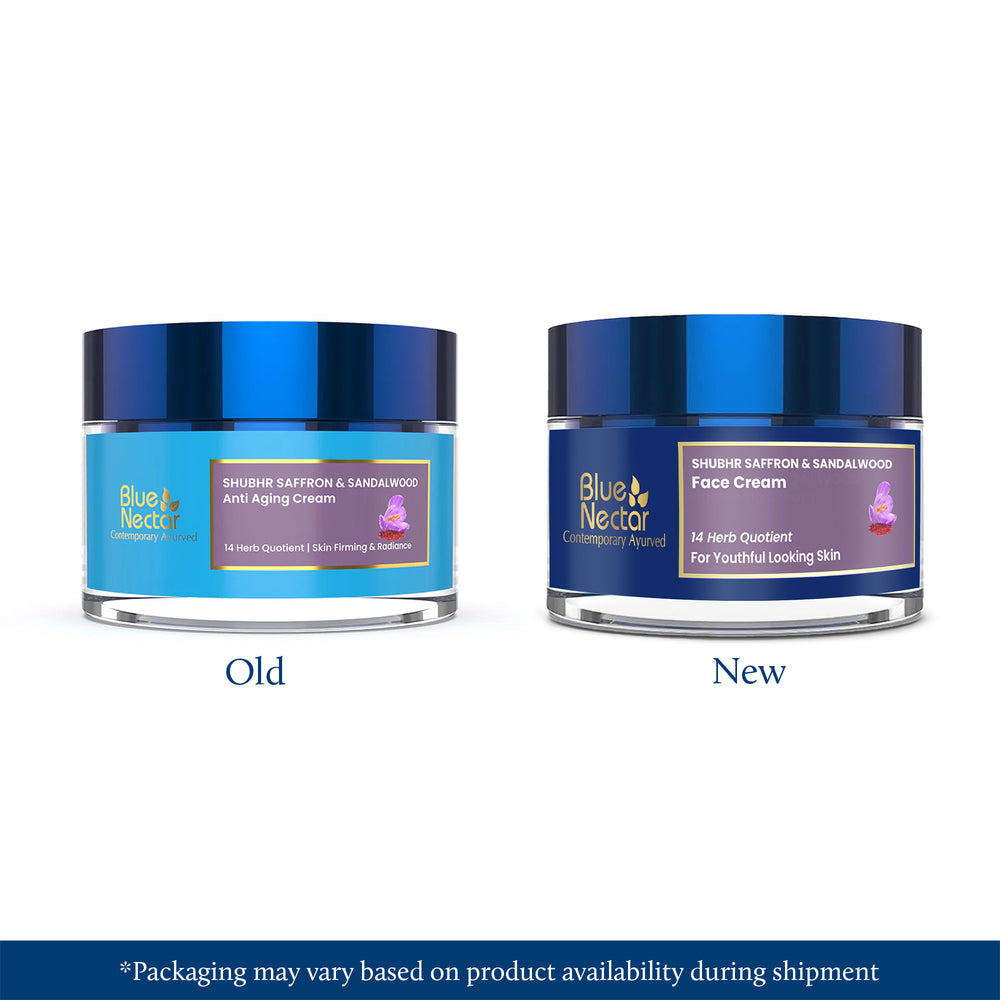
Leave a comment